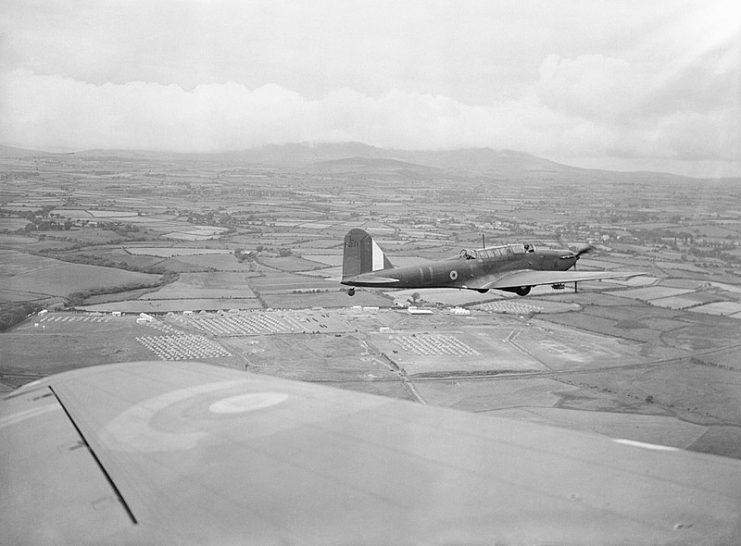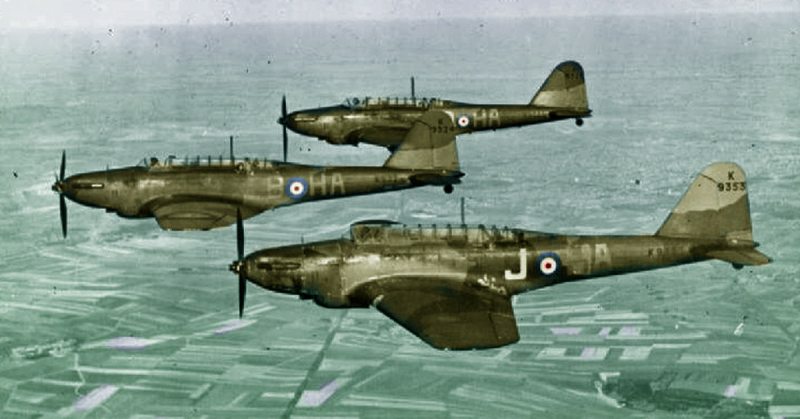The Fairey Battle was a monoplane owned by Britain’s Royal Air Force (RAF). The single-engine light bomber was designed by Marcel Lobelle and manufactured by the Fairey Aviation Company during the mid-1930s as a monoplane and succeeded the Hawker Hart and Hind biplanes.
The Battle was the first aircraft in the RAF to be propelled by a Merlin I engine and achieved its fame in the Phoney War period during which it earned the first aerial victory of an RAF aircraft in combat.
The birth of the Battle came after the issuance of Specification P.27/32 by the British Air Ministry in April 1933. The Specification required a monoplane day bomber that would have the capability to carry 1,000 lb bombs over a 1000-mile range at 200 mph. This aircraft would ultimately replace the Hawker Hart and Hind biplanes which were in service with the RAF.
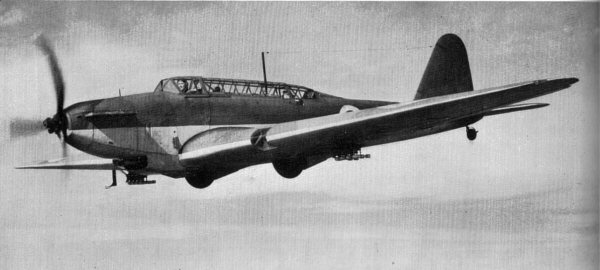
Following a number of submissions and considerations by the Air Ministry, the Fairey Aviation Company and Armstrong Whitworth Aircraft were selected to produce prototypes that would illustrate their designs.
Fairey’s prototype made its maiden flight on 10th March 1936, achieving a maximum speed of 257 mph
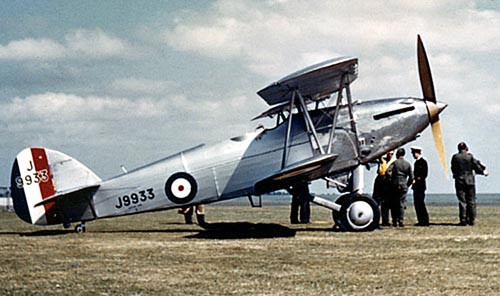
The Air Ministry pointed out some limitations which spelled its unsuitability in an expected war against the re-emerging German forces. However, the pressure for a rapid production of the Battle to support the front-line combat aircraft strength of the RAF was teeming as the German Luftwaffe were increasing their aircraft strength since the 1930s, hence, the RAF embarked on a pre war expansion program with the production of the Fairey Battle being a priority.
A total of 2185 Battles were built by Fairey and Austin Motor Company from 1937 to 1940.
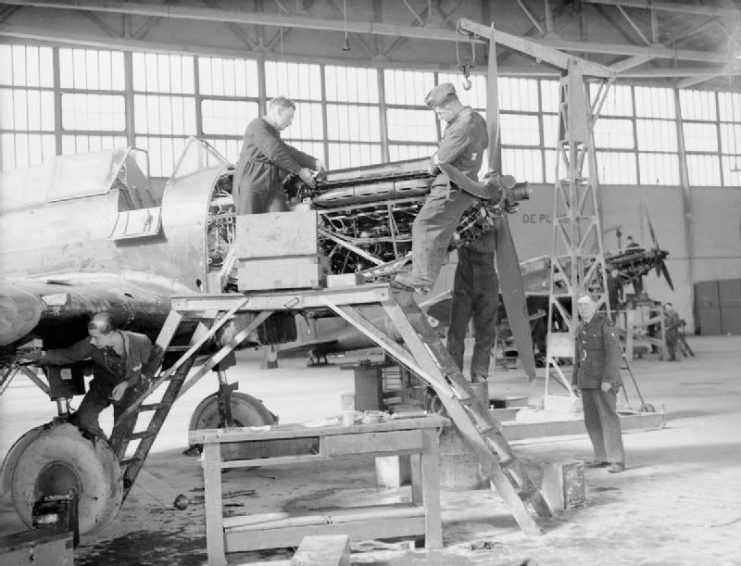
With its oval-shaped fuselage manufactured in two sections, the Fairey Battle was a relatively clean design. It had a furnished cockpit with a capacity for a crew of three comprising the pilot, navigator, and the rear gunner.
The Fairey Battle’s armament and crew size were identical to that of the Bristol Blenheim bomber. It had a 1000lb bomb load and two machine guns.
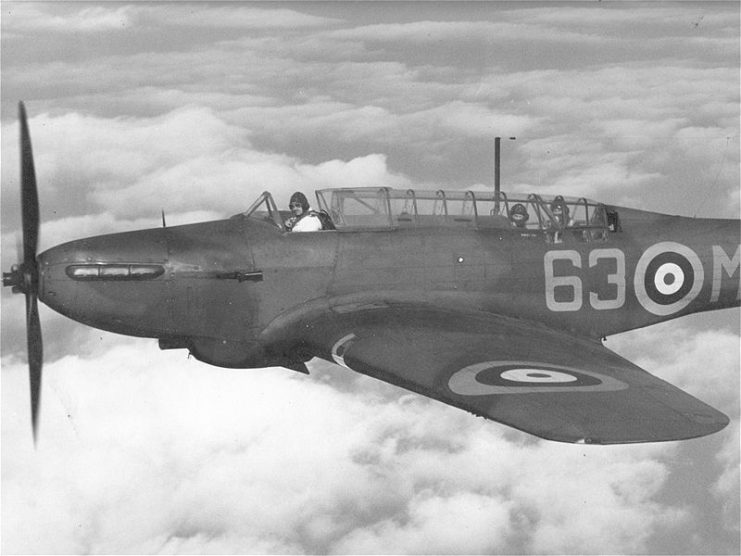
Typically, a payload of four 250lb bombs was available within the internal space of its wings and a supplementary 500lb of bombs could be borne on its under-wing racks. A single .303 Browning machinegun and a trainable Vickers K in the rear position equipped the Fairey Battle.
It was usually described as a robust, easy to fly aircraft, even for inexperienced pilots.
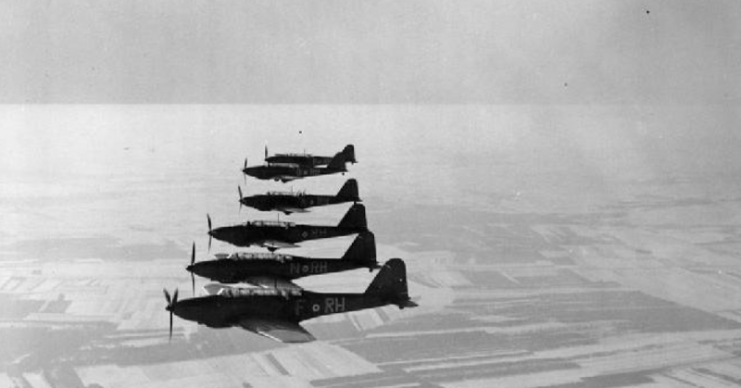
However, by the time the Battle had entered service, its features had been rendered entirely obsolete by the fast advancement in aircraft technology at the time. Its armament proved desperately inadequate, and it lacked other modern defensive features such as an armored cockpit and self-sealing fuel tanks.
The Fairey Battle came with a number of variants during its lifetime and was alongside the RAF, used by the Indian Air Force, Royal Canada Air Force, South African Air Force, and several Air Force groups across Europe.
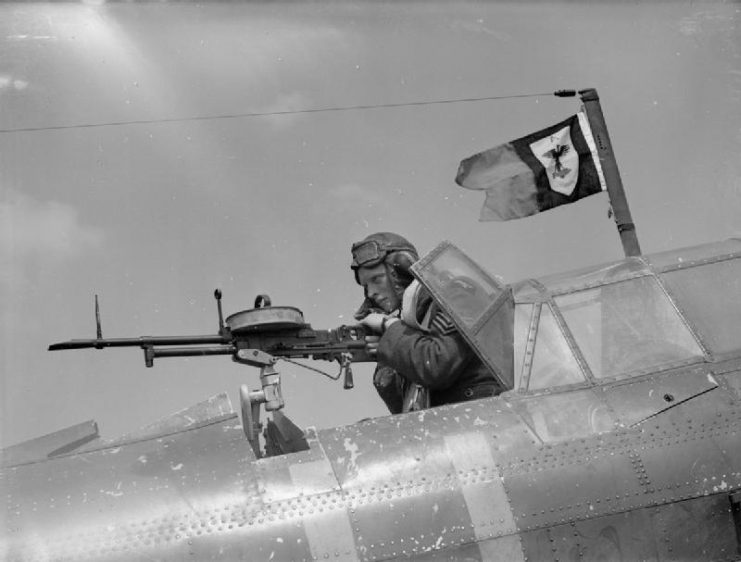
Its variants include the Battle MK I, MK V, T, IIT, TT, and TT.MK I.
In June 1937, the No. 63 Squadron of the RAF would become the first squadron to be equipped with the Battle. By 1939, several squadrons within the RAF had received the Battle.
On the outbreak of the Second World War, the Fairey Battle although obsolete was retained on the front-line of combat due to unavailability of replacements. They were deployed during the Phoney War to France, and during that period, the Fairey Battle, through gunner Sgt. F. Letchard scored the RAF’s first aerial combat victory after downing a German Messerschmitt Bf 109.
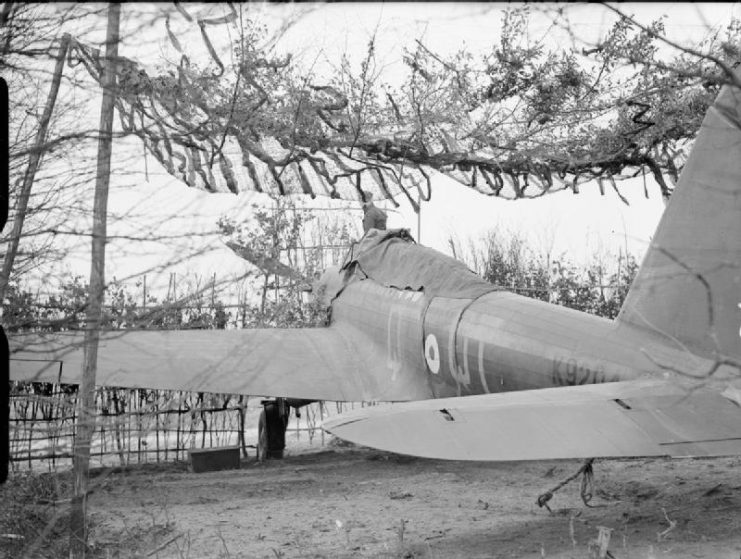
However, the Battle was no match for the Luftwaffe fighters which were about 100mph faster. Out of the three engagements that occurred the same day, the Battles lost two.
The following year, on May 1940, the Battles showed their flaws, suffering immense losses within a short time. 60 out of 118 Battles were lost within four days on four different occasions.
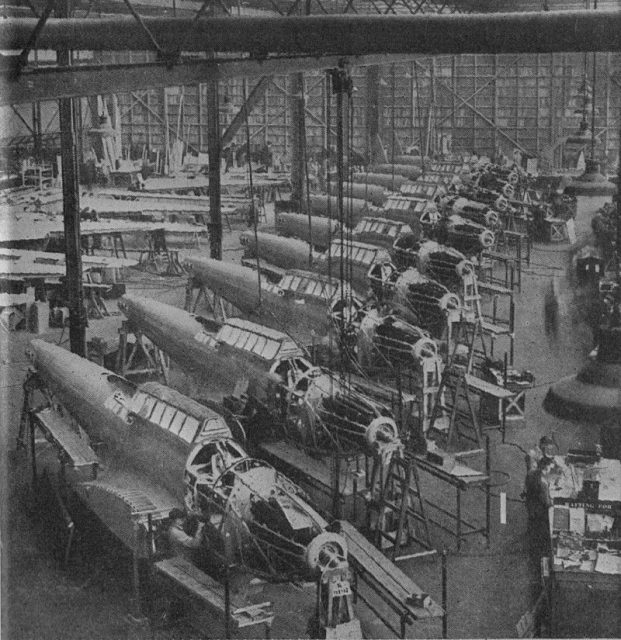
These calamitous days saw the ousting of the remaining Fairey Battles from the RAF. The RAF squadrons were then equipped with the Vickers Wellington.
The Fairey Battle was relegated to other minor functions within the RAF such as target tugs, gunnery training, and test-bed roles for other engines and propellers.
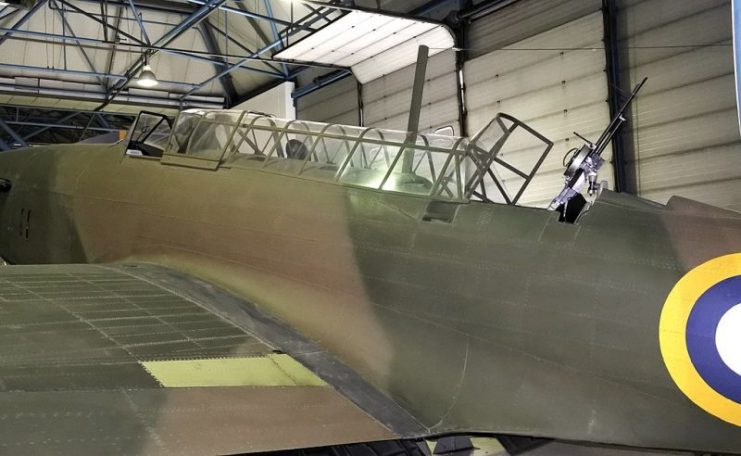
As an aircraft that was considered to be full of promise in times before the war, the Battle turned out to be one of the most disappointing aircraft in RAF service.
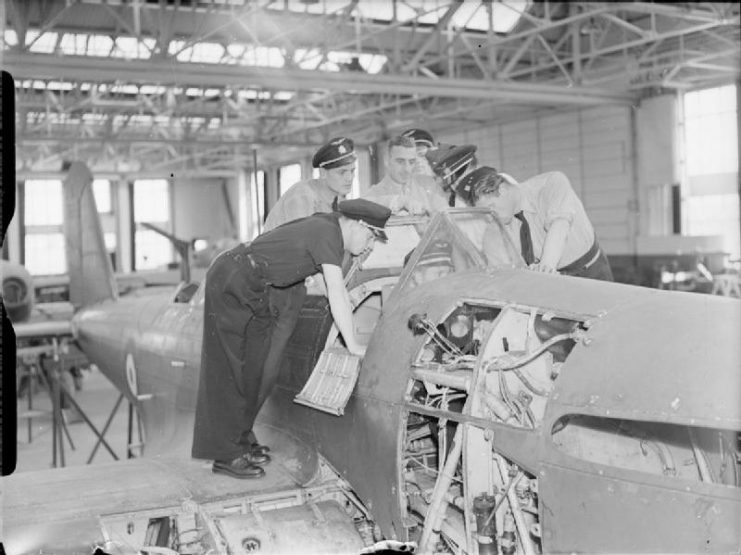
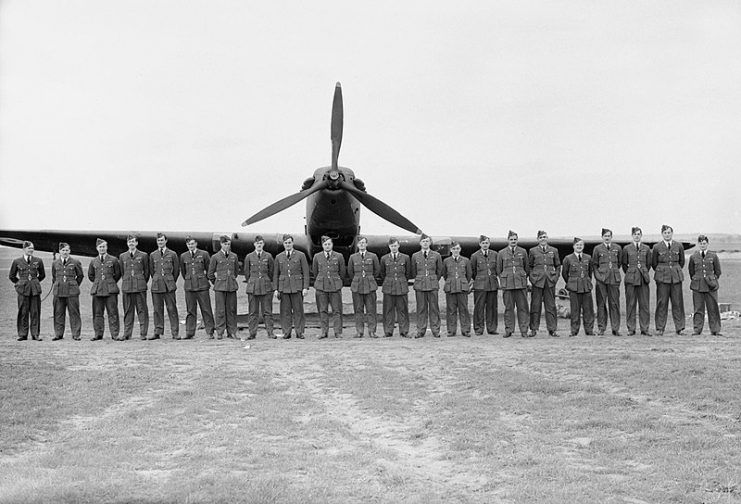
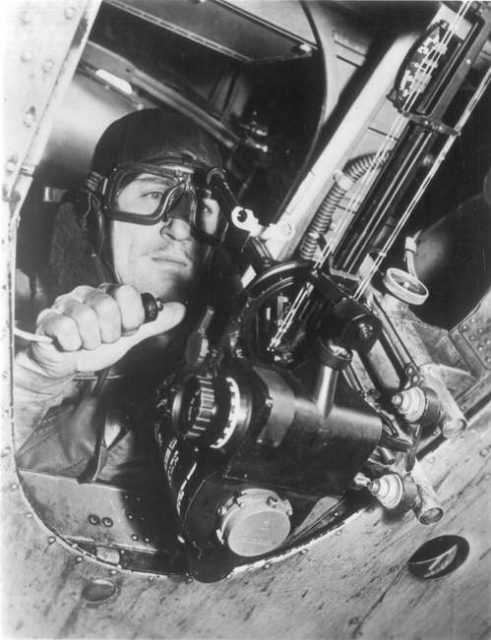
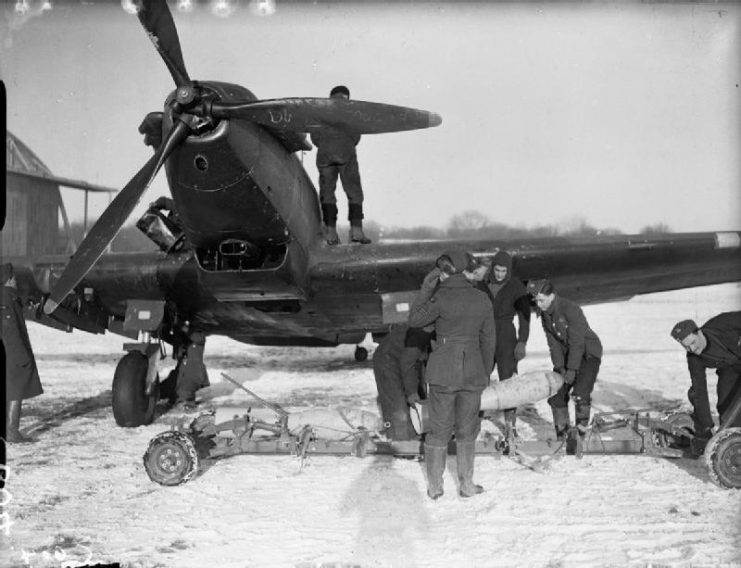
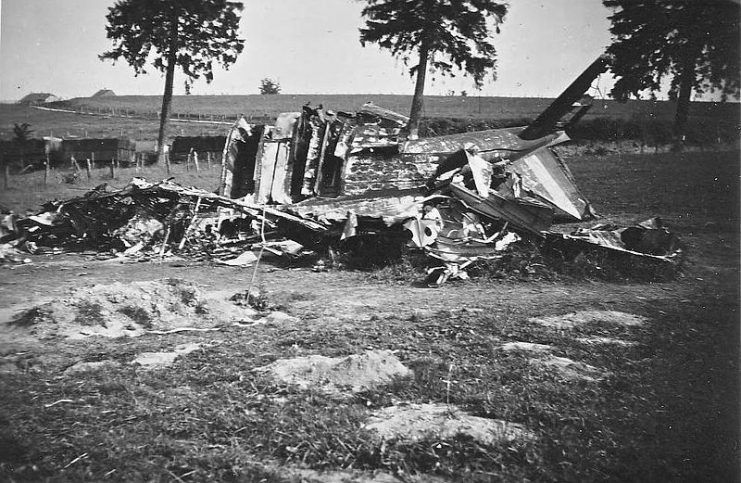
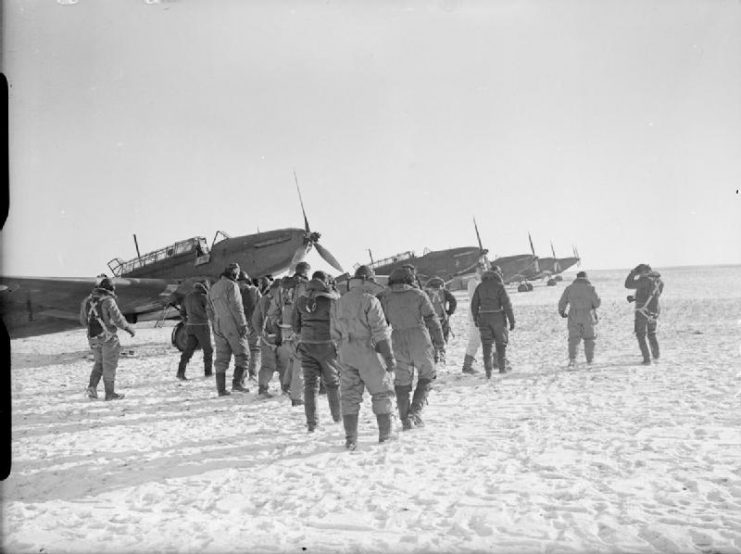
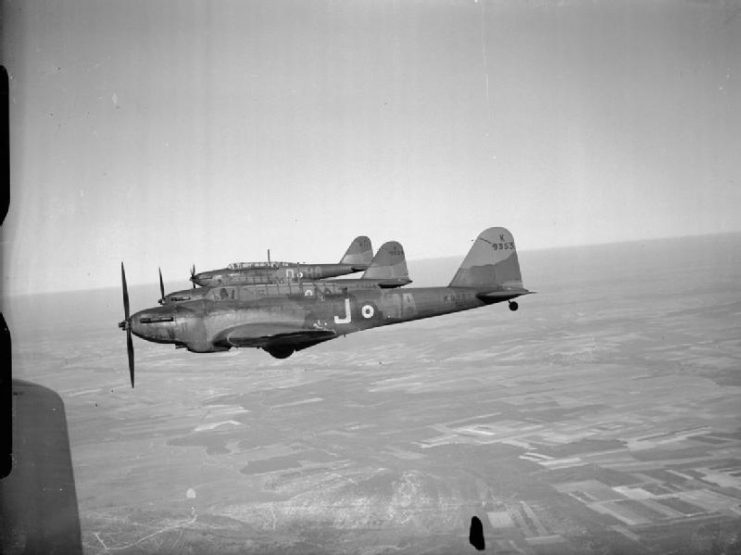
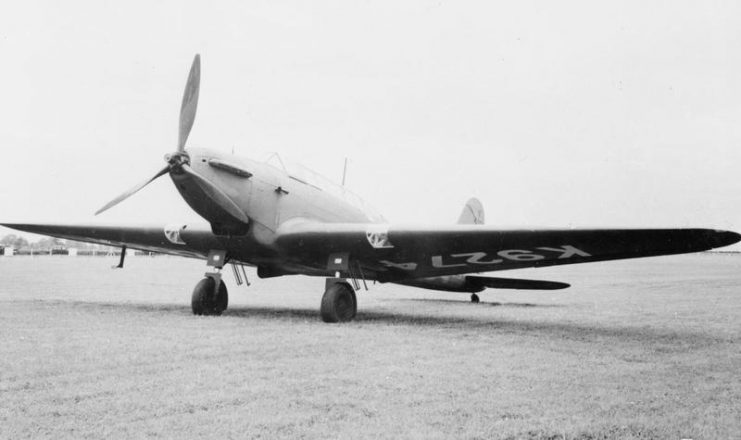
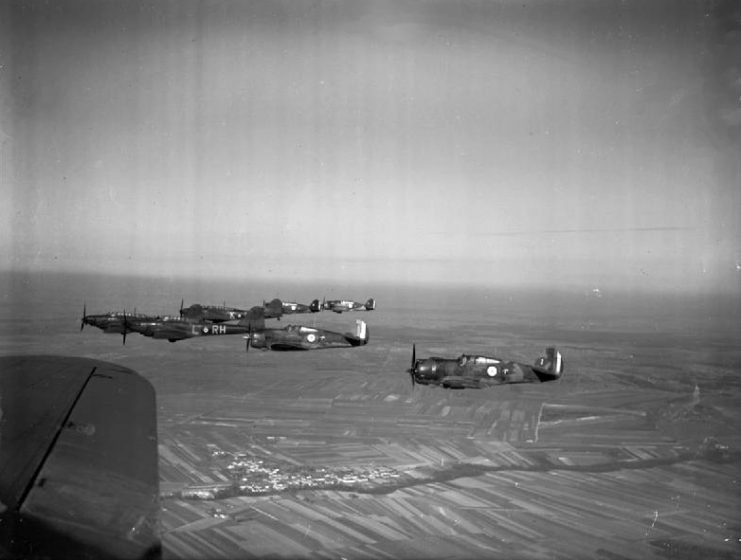
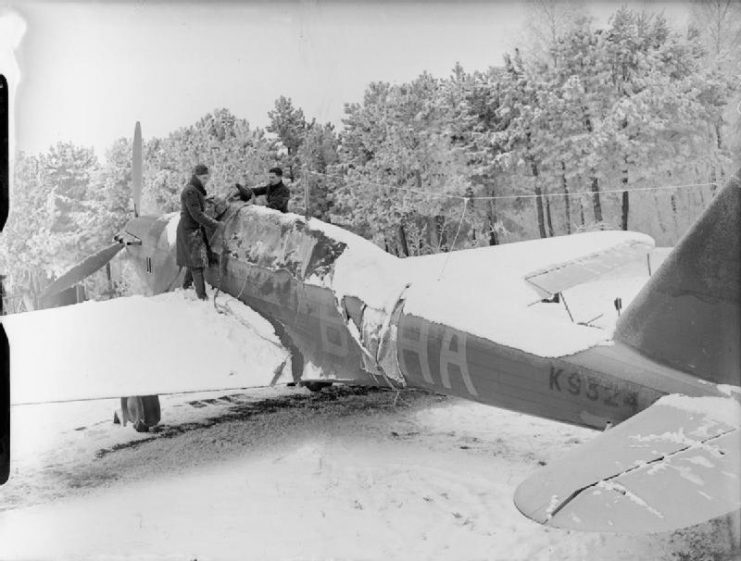
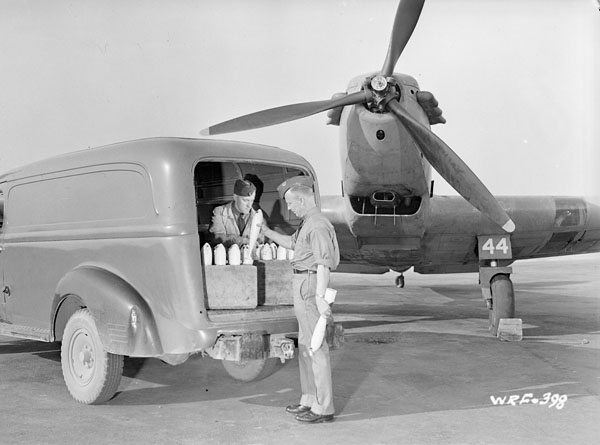
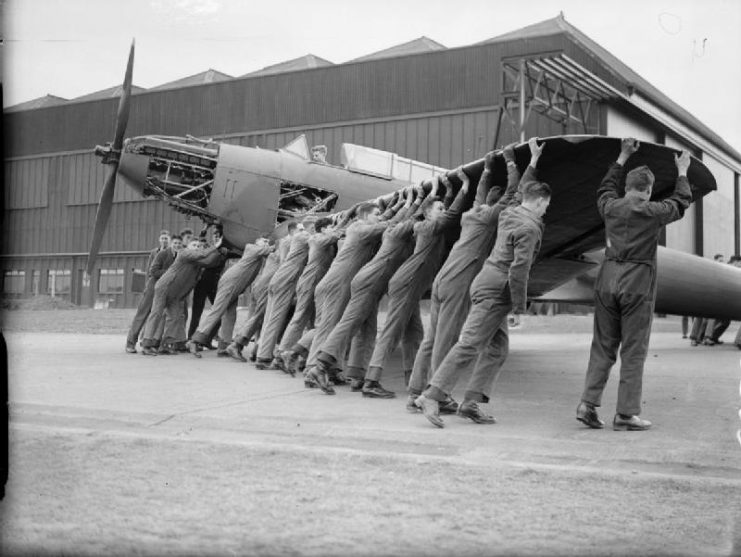
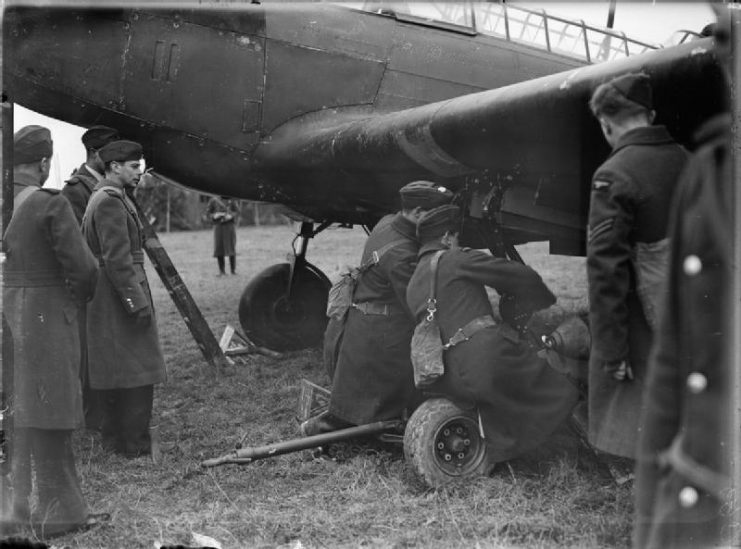
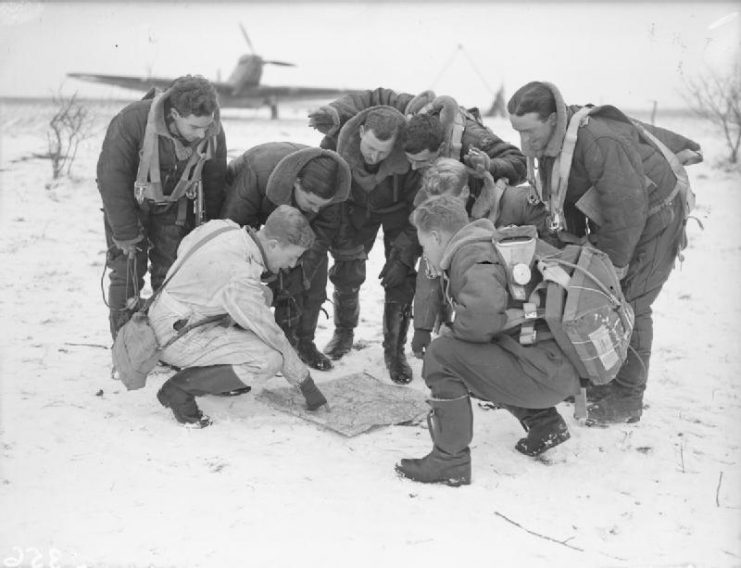
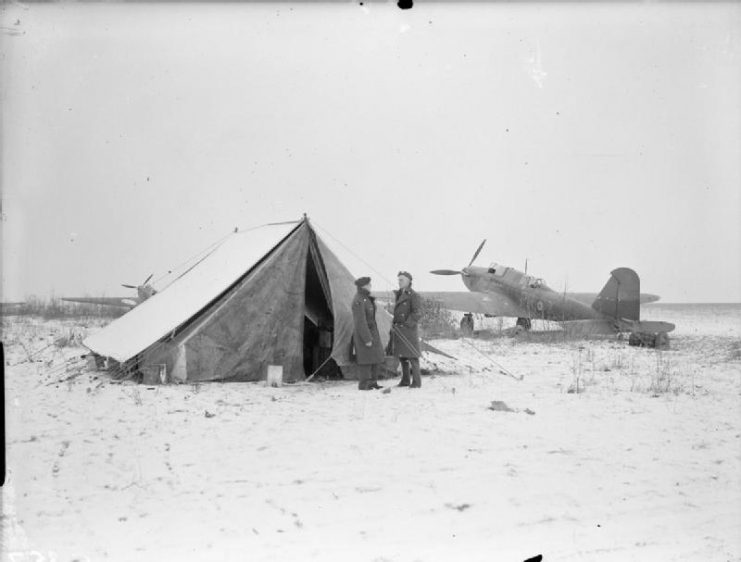
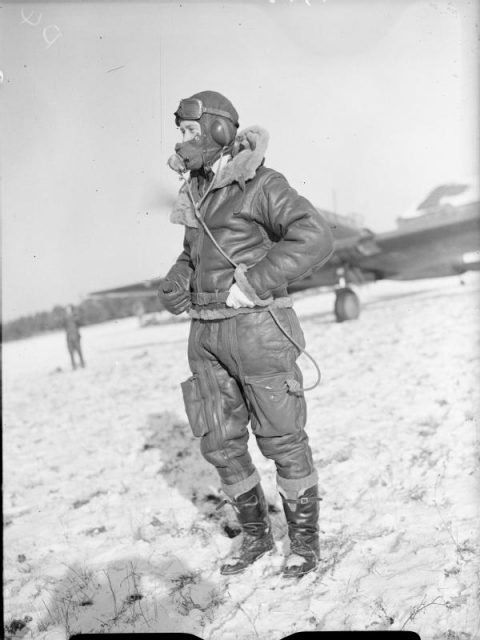
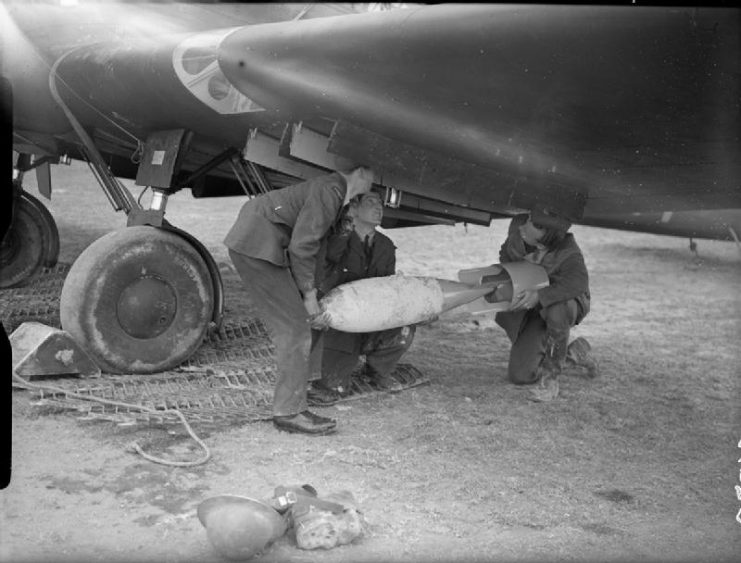
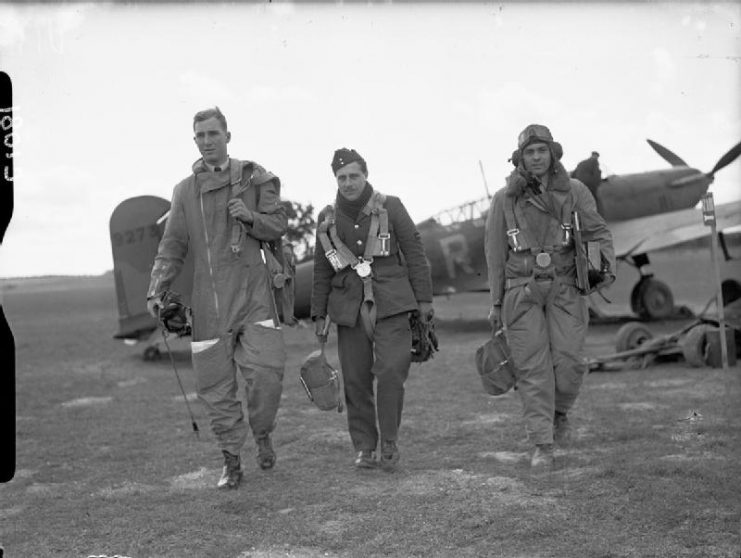
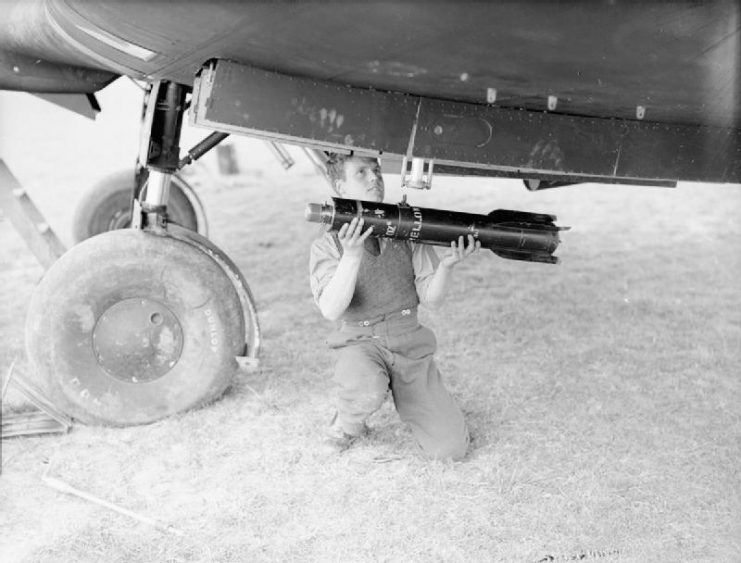
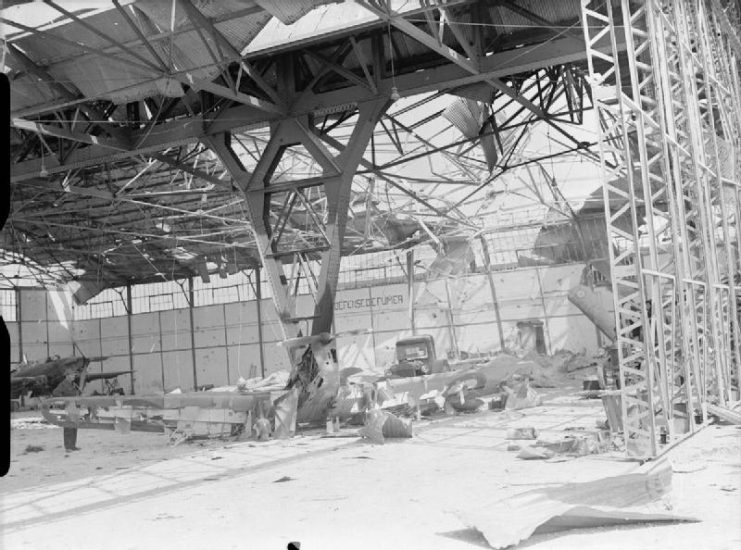
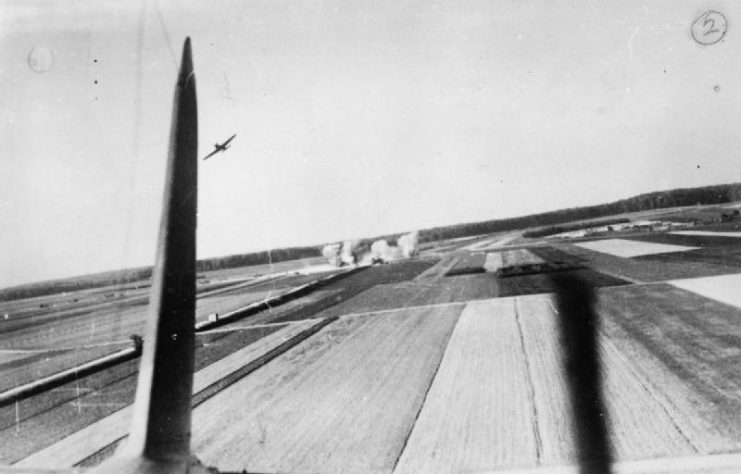
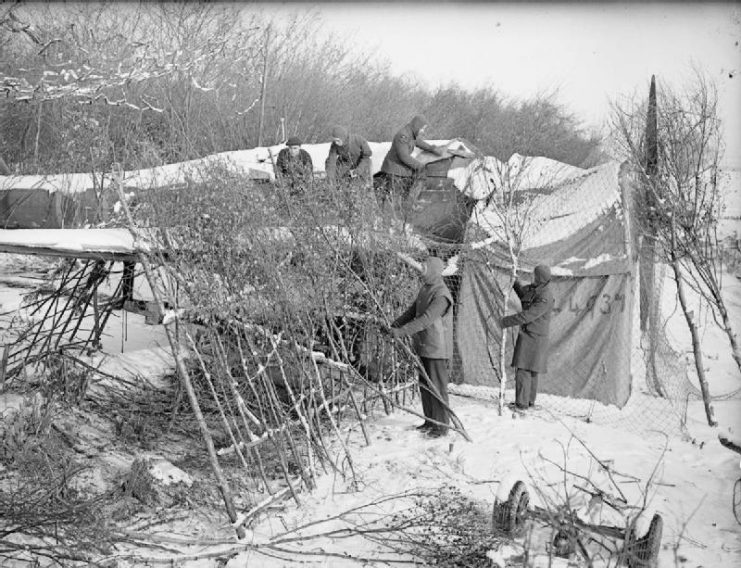
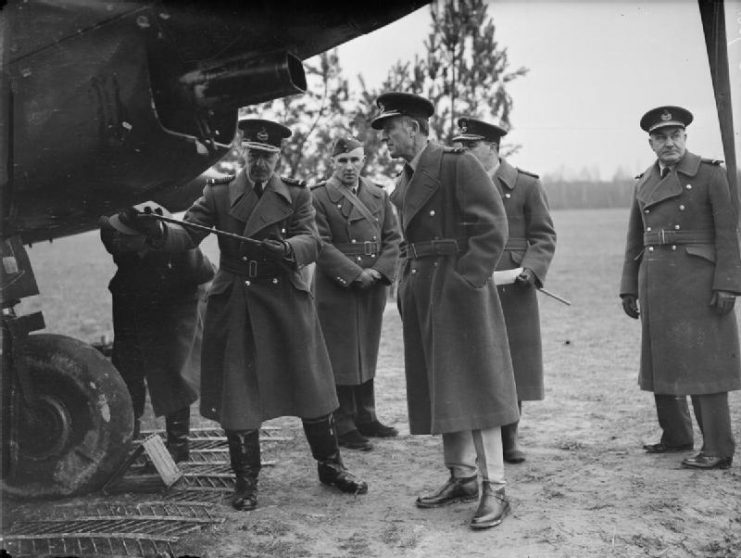
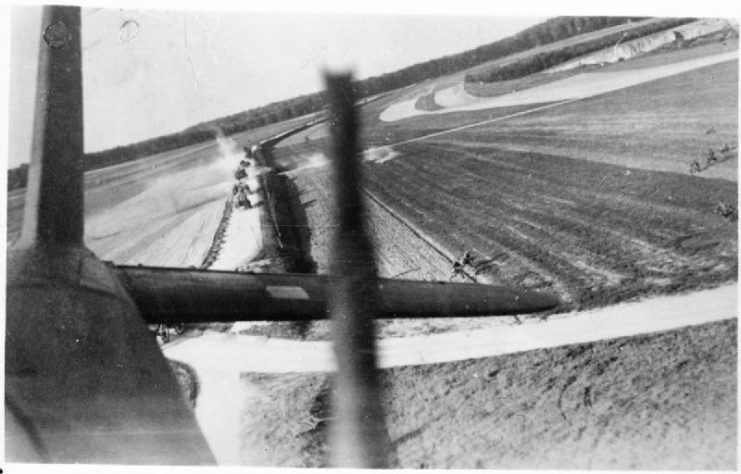
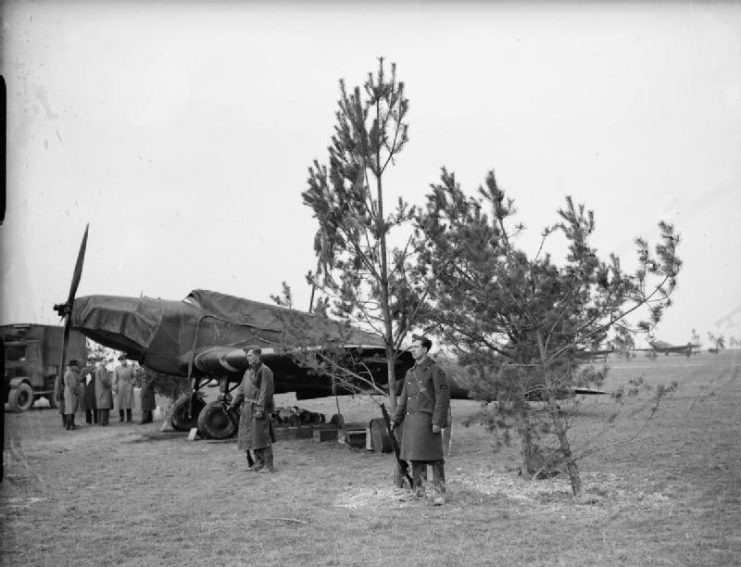
Read another story from us: The Fairey Firefly Recon Fighter – Fast Recon In WW2
